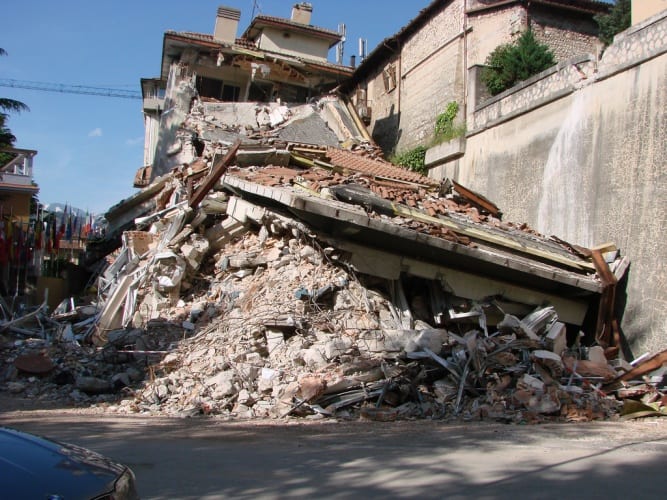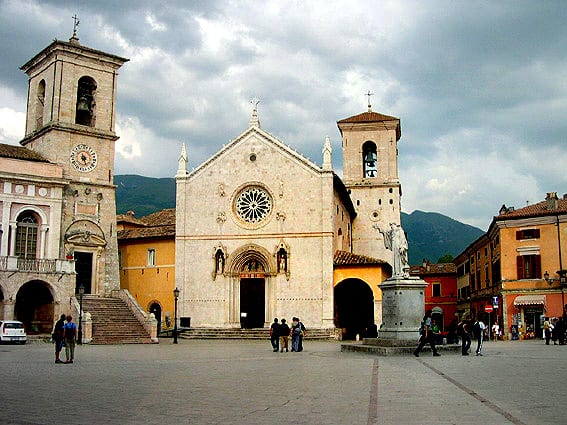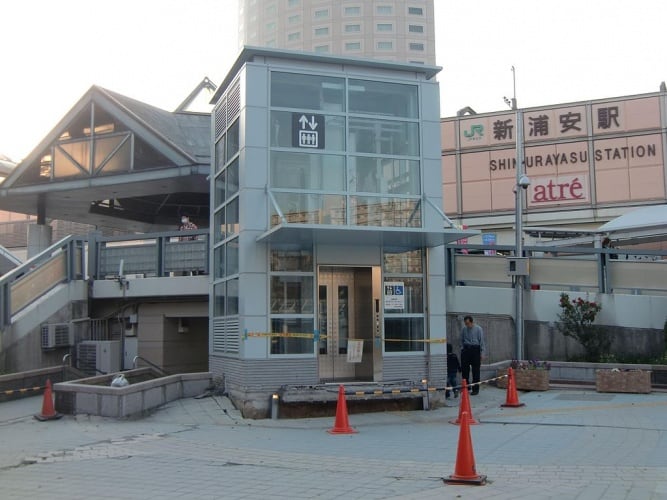 Andrew Wade, senior reporter
Andrew Wade, senior reporter
The 6.2 magnitude earthquake that devastated parts of central Italy on Wednesday is the eighth major quake to hit the country in the past 40 years. Located near the meeting point of the Eurasian and African plates, the region has long been known as a seismic hotspot. Indeed, it was only in 2009 that over 300 people lost their lives in the nearby L’Aquila earthquake. As I write, the death toll from this quake stands at 268, and will inevitably continue to rise as rescue workers sift through the destruction and the region is rocked by strong aftershocks.

Similarities with the L’Aquila disaster are striking. Just an hour’s drive south of Amatrice (the worst hit town, where at least 200 people are known to have died so far), the L’Aquila quake measured 6.3. The Richter Scale is base-10 logarithmic, making the L’Aquila quake twice as strong as the 6.2 that hit this week. Both quakes struck at a shallow depth of around 10km beneath the surface, contributing to the intensity of the vibrations. But questions must be asked about the extent of the damage, as the lessons of history appear to go unheeded.
It’s been widely reported that experts estimate 70 per cent of Italy’s buildings are not built to seismic standards. In a first-world country prone to earthquakes, that figure is simply unacceptable. Naturally, in 12th century towns there will always be historical buildings not built to today’s standards, and where it can be difficult to retrospectively put mitigating measures in place. What is difficult to understand is why modern buildings are not built to modern standards.
“Hospitals, police stations, schools and barracks in Amatrice and Accumuli completely collapsed during the earthquake - with the exception of a gym that is now being used to house displaced residents,” said Prof Giulio Di Toro, Geology Chair at Manchester University's School of Earth and Environmental Sciences, who was conducting research in central Italy this week when the earthquake struck.
“The village of Norcia, which was rebuilt adhering to the construction codes after the 1979 earthquake (5.8 magnitude, five casualties), suffered little damage and no casualties despite being located in the epicentral area.”

Reports from Amatrice indicate that investigators are examining the town’s Romolo Capranica school. The building was restored in 2012 using funds provided in the aftermath of the L’Aquila quake, but on Wednesday it almost completely collapsed. The town’s clock tower, built in the 13th century, remained standing.
“In a country where in the past 40 years there have been at least eight devastating earthquakes … the only lesson we have learned is how to save lives after the fact,” columnist Sergio Rizzo wrote in Thursday’s Corriere della Sera, one of Italy’s leading newspapers. “We are far, far behind in the other lessons.”
Italy is a proud nation with a fabled history, and what can often be an admirable streak of stubbornness. But this week’s tragic events are a wake-up call, and the lessons from L’Aquila have clearly not been learned. The Italian government must now look at the systems other countries have put in place to protect their citizens from the dangers of earthquakes.

Japan is, of course, a leader in this regard, as indeed it must be. Lying in one of the most seismically active regions in the world, the country has seen its fair share of devastation from earthquakes and tsunamis. The 9.0 quake that struck off the coast in 2011 caused huge tremors across the country, but the vast majority of casualties were caused by the resulting tsunami rather than the quake itself. In Japan, building codes are strict, citizens are prepared for the inevitable, and countless lives are saved when catastrophe does strike. It’s time for Italy to follow suit.




Project to investigate hybrid approach to titanium manufacturing
What is this a hybrid of? Superplastic forming tends to be performed slowly as otherwise the behaviour is the hot creep that typifies hot...